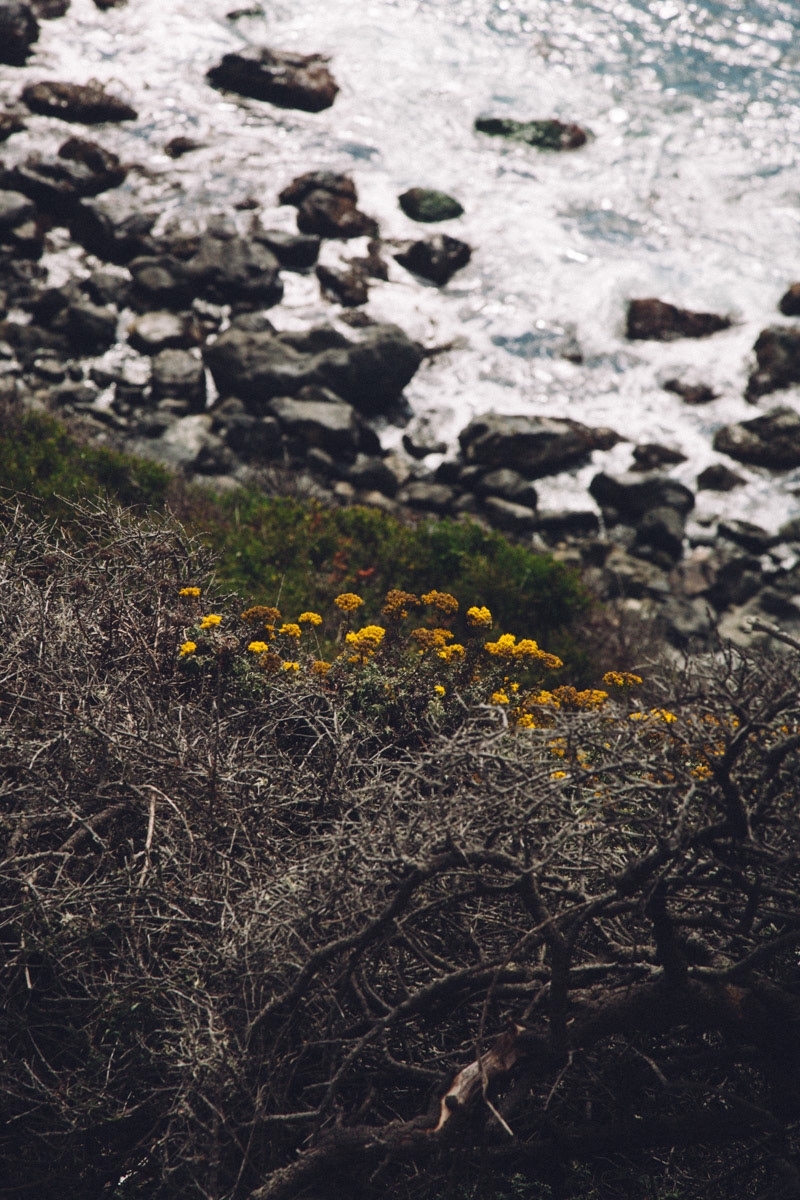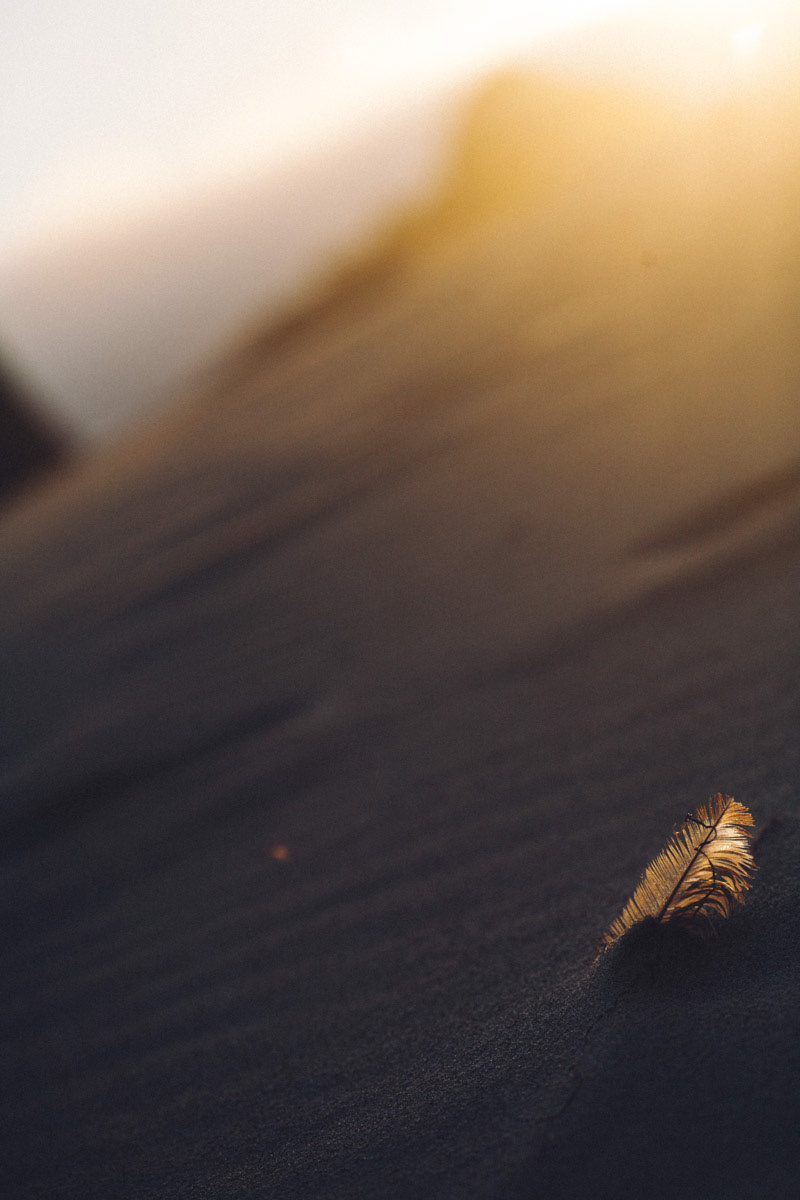Day 20: Big Sur (part one)
Wednesday, July 22nd, 2009
We left Morro Bay after a nice breakfast and, following the recommendations of the innkeeper, we decided to take an unplanned stop to visit Hearst Castle, a mansion designed by architect Julia Morgan between 1919 and 1947 for newspaper magnate William Randolph Hearst.
Invitations to Hearst Castle were highly coveted during its heyday in the 1920s and 1930s. The Hollywood and political elite often visited, usually flying into the estate's airfield or taking a private Hearst-owned train car from Los Angeles. Charlie Chaplin, Cary Grant, the Marx Brothers, Charles Lindbergh, Greta Garbo, Joan Crawford, Clark Gable, James Stewart, Bob Hope, Franklin Roosevelt, and Winston Churchill were among Hearst's A-list guests.




While guests were expected to attend the formal dinners each evening, they were normally left to their own devices during the day while Hearst directed his business affairs. Since "the Ranch" had so many facilities, guests were rarely at a loss for things to do. The estate's theater usually screened films from Hearst's own movie studio, Cosmopolitan Productions.



The Roman Pool at Hearst Castle is a tiled indoor pool decorated with eight statues of Roman gods, goddesses and heroes. The pool appears to be styled after an ancient Roman bath such as the Baths of Caracalla in Rome. The mosaic tiled patterns were inspired by mosaics found in the 5th Century Mausoleum of Galla Placidia in Ravenna, Italy. They are also representative of traditional marine monster themes that can be found in ancient Roman baths. The statues are rough copies of ancient Greek and Roman statues. One such copy represents the “Apoxyomenos.” Statuary was used on a considerable scale in the Baths of Caracalla.
The pool and surrounding room, which were built from 1927-1934, can be compared to an ancient Roman bath. The pool, like the baths, is located indoors. Its water was heated as in a tepidarium. However, in Hearst’s complex there were no hot or cold baths as there were in the ancient complex. The Roman Pool complex was designed to contain an exercise room, sweat baths, a handball court and dressing rooms.
The Roman Pool is decorated from ceiling to floor with 1″ square mosaic tiles. These glass tiles, called smalti, are either colored (mainly blue or orange) or are clear with fused gold inside. The intense colors and shimmering gold of the tiles combine to create a breathtaking effect. The designs created by the tiles were developed by muralist Camille Solon. The inspiration for some of these designs came from the 5th Century Mausoleum of Galla Placidia.
After the visit at the mansion was over, we took the bus back to the parking near Hwy 1, diving back into the morning clouds that were still blanketing the coastline.




Few miles north, we stopped at Piedras Blancas Elephant Seal View Point.
Hunted nearly to extinction for their oil-rich blubber, elephant seals have made a remarkable comeback. Protected by the Marine Mammal Protection Act, they are expanding their range outward from remote islands and are now colonizing selected mainland beaches such as Piedras Blancas in the southern range of Big Sur, near San Simeon.
Elephant seals come ashore and form colonies for only a few months of each year to give birth, breed, and molt. The rest of the year the colonies disperse and individuals spend most of their time in pursuit of food, a quest which involves swimming thousands of miles and diving to great depths.
Next, we stopped for a quick bite at the Ragged Point Inn & Resort.









Next, a quick stop at Cape San Martin, to take a couple of pictures of San Martin Rock.




At some point I noticed a small area on the side of the road with an RV parked under a tree. The road was half a mile away from the ocean and I guessed that there must have been a path leading to the rocks overlooking the ocean.
I guessed right.
The walk was nice, the path was surrounded by small bushes of juniper and tall grasses with millions of colorful small flowers. The wind was pretty strong and covered the sound of the waves until I reached the very end of the path and found myself in the middle of two quite beautiful bays, each of them featuring a gorgeous sandy beach.
For a few minutes I sat on the very top of the rock, enjoying the sound of the waves breaking onto the beach about 60 feet below me and enjoying the smell of the ocean.
We were almost at the end of our 5500 miles long road trip, after having crossed the Great Plains, after having climbed the Rocky Mountains, after having driven across the rocky deserts of Utah, New Mexico, Arizona and Nevada, after having crossed the Death Valley at 145 degrees and after having visited the Yosemite Park.
I felt as if we had reached the end of the world, "a blissful garden in the far western corner of the world," as in Greek mythology they described the "Garden of the Hesperides", located near the Atlas mountains in Tanger, Morocco at the edge of the encircling Oceanus, the world-ocean.
Driving along Hwy 1 there are countless spots where one can stop and enjoy stunning views of the coastline.
For sunset we had planned to stop at the Pfeiffer Big Sur State Park, named after John Pfeiffer, who lived in a cabin on the property beginning in 1884. The Pfeiffer family immigrated from Germany and were amongst the first European settlers in the area.







